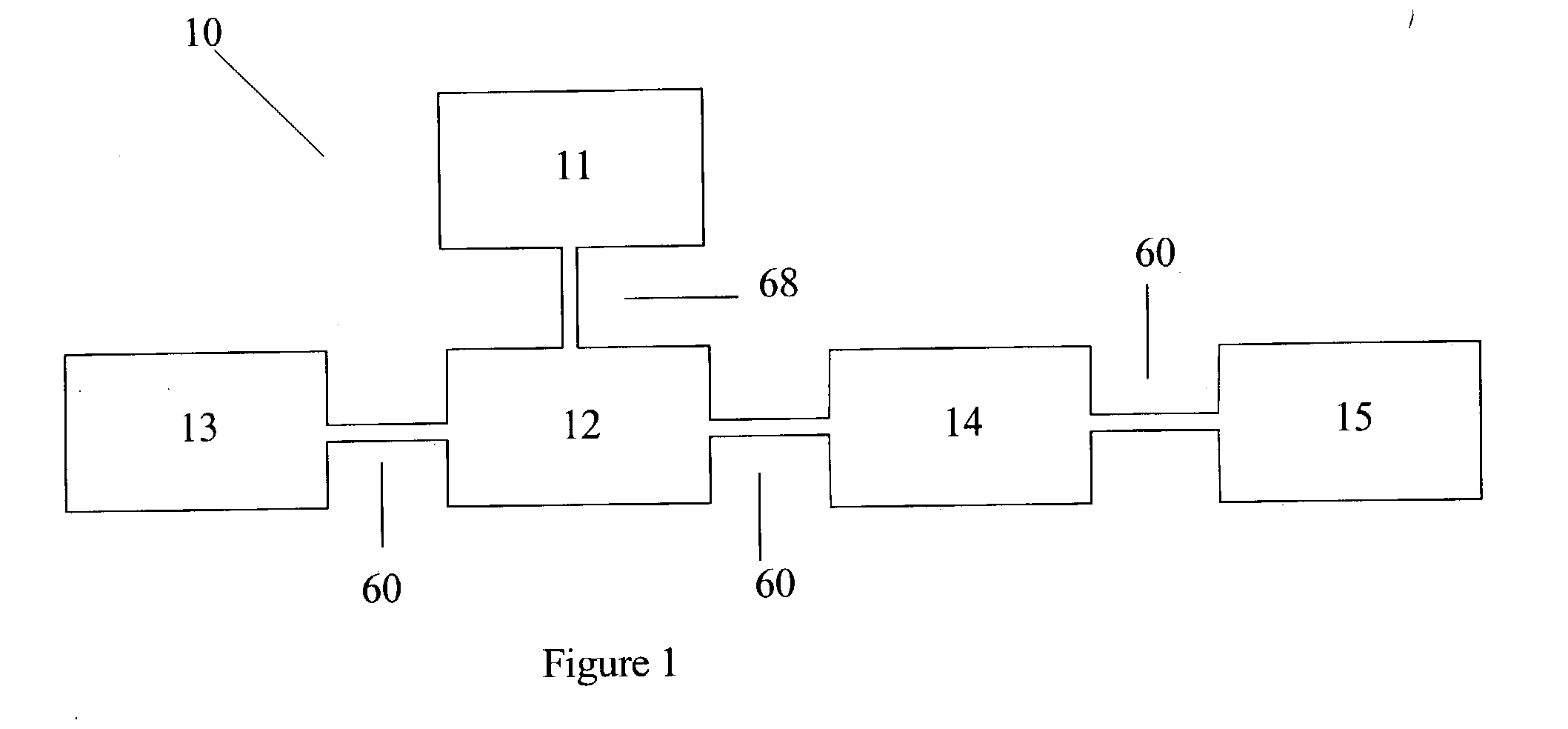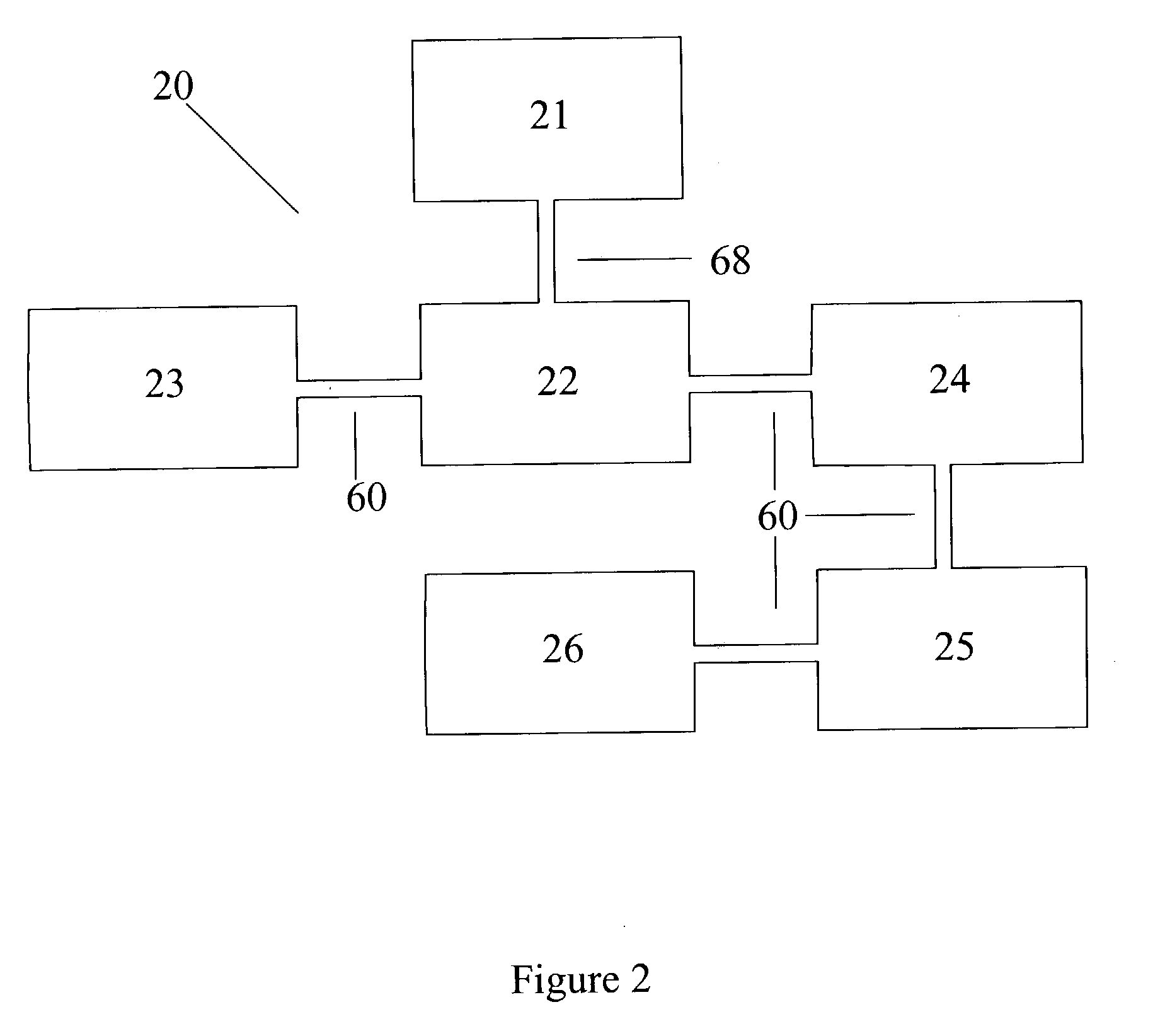Urea based composition and system for same
a composition and urea technology, applied in the field of urea based composition and system for same, can solve the problems of no economical, safe and readily available fuel that is a viable alternative to fossil fuels, the effectiveness of any of the proposed alternatives as a source of energy appears problematic, and the new fuel has not provided a fuel that is cost effective. cost, the effect of low toxicity and high profit margin
- Summary
- Abstract
- Description
- Claims
- Application Information
AI Technical Summary
Benefits of technology
Problems solved by technology
Method used
Image
Examples
example 2
[0083] 1 liter of a 50% by weight urea solution containing 575 gms of urea was heated to 100.degree. C. in the presence of 50 grams of vanadium pentoxide catalyst to generate in 280 seconds 315 grams of ammonia. The 315 grams of ammonia could be collected and burned in a subsequent step. The vanadium pentoxide was unaffected and was reused in a similar reaction with a new 50% by weight urea solution.
example 3
[0084] 1 liter of a 20% by weight urea fuel was placed in a reactor with 1 million IU of urease at 60.degree. C. Ammonia was generated at a constant rate of about 35 grams per minute. The ammonia could be collected and burned in a subsequent step.
PUM
| Property | Measurement | Unit |
|---|---|---|
| pressure | aaaaa | aaaaa |
| pressure | aaaaa | aaaaa |
| temperature | aaaaa | aaaaa |
Abstract
Description
Claims
Application Information
 Login to View More
Login to View More - R&D
- Intellectual Property
- Life Sciences
- Materials
- Tech Scout
- Unparalleled Data Quality
- Higher Quality Content
- 60% Fewer Hallucinations
Browse by: Latest US Patents, China's latest patents, Technical Efficacy Thesaurus, Application Domain, Technology Topic, Popular Technical Reports.
© 2025 PatSnap. All rights reserved.Legal|Privacy policy|Modern Slavery Act Transparency Statement|Sitemap|About US| Contact US: help@patsnap.com



